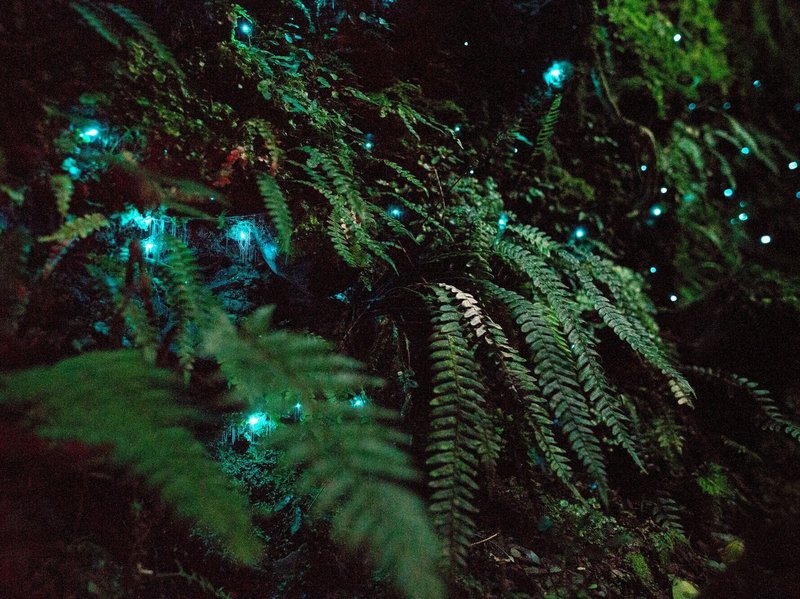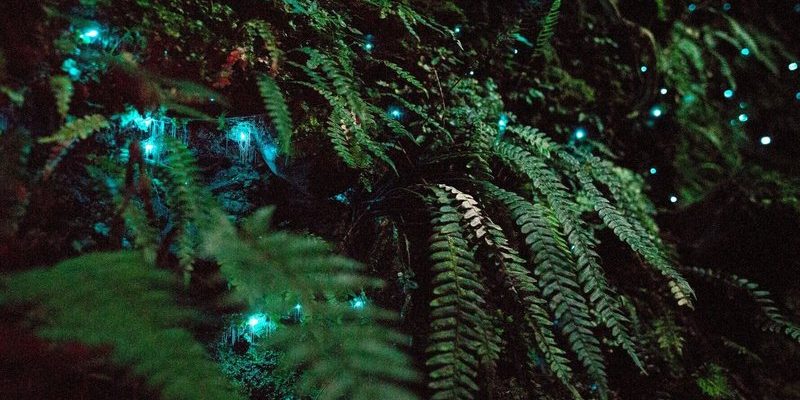
In numerous cultures, glow worms have woven their way into tales and legends, illustrating how humans often seek to explain the inexplicable through story. Just like how people looked to the stars to navigate, cultures have looked to these luminous insects to add richness to their folklore. Let’s dive deeper into this captivating world of glow worms and discover the myths and stories that surround them.
What Exactly Are Glow Worms?
You might be wondering what glow worms really are. These creatures aren’t actually worms at all, but a variety of beetles, specifically belonging to the family Lampyridae. The glowing effect comes from a chemical reaction in their bodies, which aids in attracting mates or luring prey. Imagine being in a dark cave and spotting the soft, blue-green lights illuminating the walls—it’s as if the stars have come down to earth.
Glow worms can be found in various parts of the world, from North America to Europe and even Australia. They tend to thrive in damp, secluded areas like caves, forests, and alongside rivers. The light they emit can serve many purposes, but in myths and folklore, it often symbolizes guidance through darkness, much like fireflies in the summer nights.
Glow Worms in Native American Folklore
In Native American culture, glow worms are thought to carry spiritual significance. For some tribes, these luminous creatures are viewed as *spirit guides*, leading people through trials and tribulations. The gentle glow is considered a reminder that light exists even in the darkest times, a sentiment that resonates deeply in stories passed down through generations.
Interestingly, there’s a specific tale from the Lakota tribe that tells of a young girl who, lost in the wilderness, followed the flickering lights of glow worms. Each light she saw represented a loved one watching over her, guiding her back home. This connection to family and the idea of never being alone is a powerful theme in many Native American stories.
European Folklore: The Fairies’ Candle
Across Europe, particularly in the UK and Ireland, glow worms are often associated with fairies. In these tales, glow worms are referred to as “fairy lights” or “will-o’-the-wisps.” They are believed to be guides for the lost, leading travelers away from harm—or sometimes into mischief.
Imagine walking through a dense forest at night and seeing soft lights dancing ahead. In folklore, those shimmering lights might lead you to enchanted realms, or they could lure you into dangerous territory, where fairies might play tricks on you. These stories often come with a warning: if you follow the lights too closely, you might lose your way. This dual nature of glow worms reflects both hope and caution—a recurring theme in many fairy tales.
Glow Worms in Asian Mythology
In parts of Asia, glow worms find their place in mythology, too. For instance, in certain Japanese traditions, they symbolize love and longing. The glow is seen as a representation of a lover’s heart, burning bright amidst separation. They often appear in poems and songs, blending nature with human emotion.
There’s even a touching story about a young couple who would meet beneath the light of the glow worms, where they promised to stay together, their love shining as bright as the tiny insects. The glow worms became a symbol of their unwavering connection, illuminating their path even when they were apart. This blend of nature and personal emotion highlights how deeply humans resonate with these creatures.
The Environmental Symbolism of Glow Worms
Beyond their mythical representations, glow worms also symbolize environmental health. In many cultures, the presence of glow worms indicates a thriving ecosystem. Their glow depends on clean, unpolluted habitats, making them a natural barometer for environmental conditions.
When communities see a decline in glow worm populations, it serves as a wake-up call. These creatures remind us of our responsibility to protect our natural surroundings. The stories surrounding them often encourage conservation and respect for nature, stressing that our well-being is intertwined with the health of the environment.
Modern Interpretations: Glow Worms in Art and Literature
Glow worms have found their way into modern art and literature, illustrating their lasting influence. Authors and artists draw inspiration from their magic, capturing that enchanting glow in various forms. Children’s books often feature glow worms as helpful characters or sources of comfort, echoing the folklore of old.
In visual arts, glow worms inspire everything from paintings to installations, often symbolizing hope, guidance, and the beauty found in darkness. Their ethereal glow continues to be a source of creativity, showing how timeless these creatures are in human expression.
Glow worms are more than just fascinating insects; they embody stories and symbols that span across cultures and ages. From guiding lost souls in folklore to representing love and hope in poetry, their glow serves as a reminder of the light that exists in even the darkest places.
As we continue to explore and learn about these remarkable creatures, let’s hold on to the magic they bring, both in nature and in our stories. Whether you encounter them in a book, a cave, or a forest, the glow of these tiny beings shines brightly as a testament to our shared human experience.

